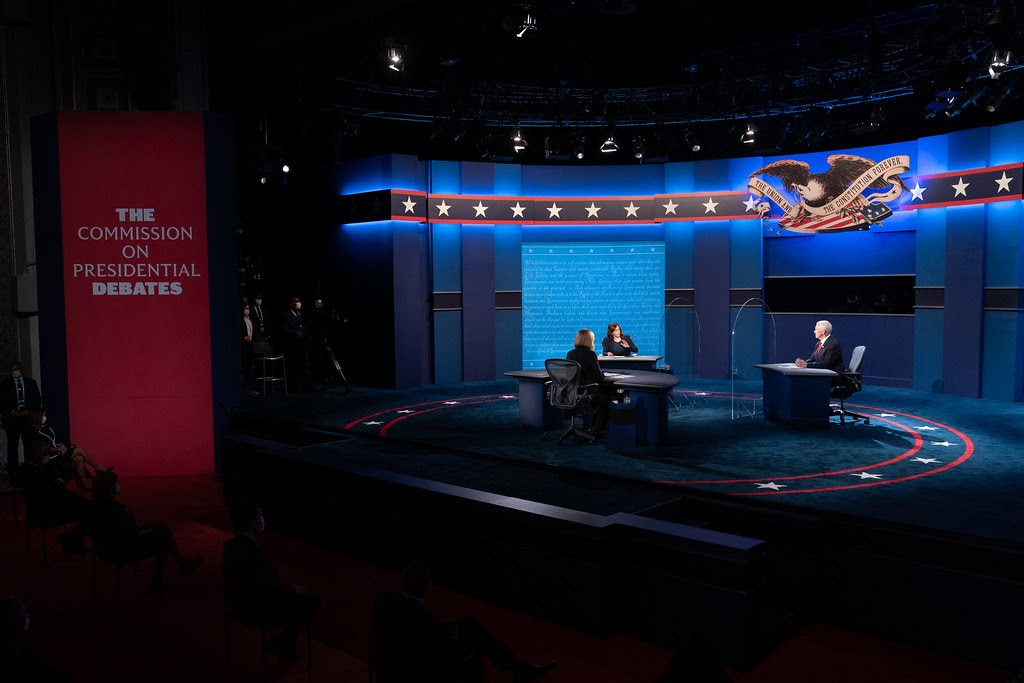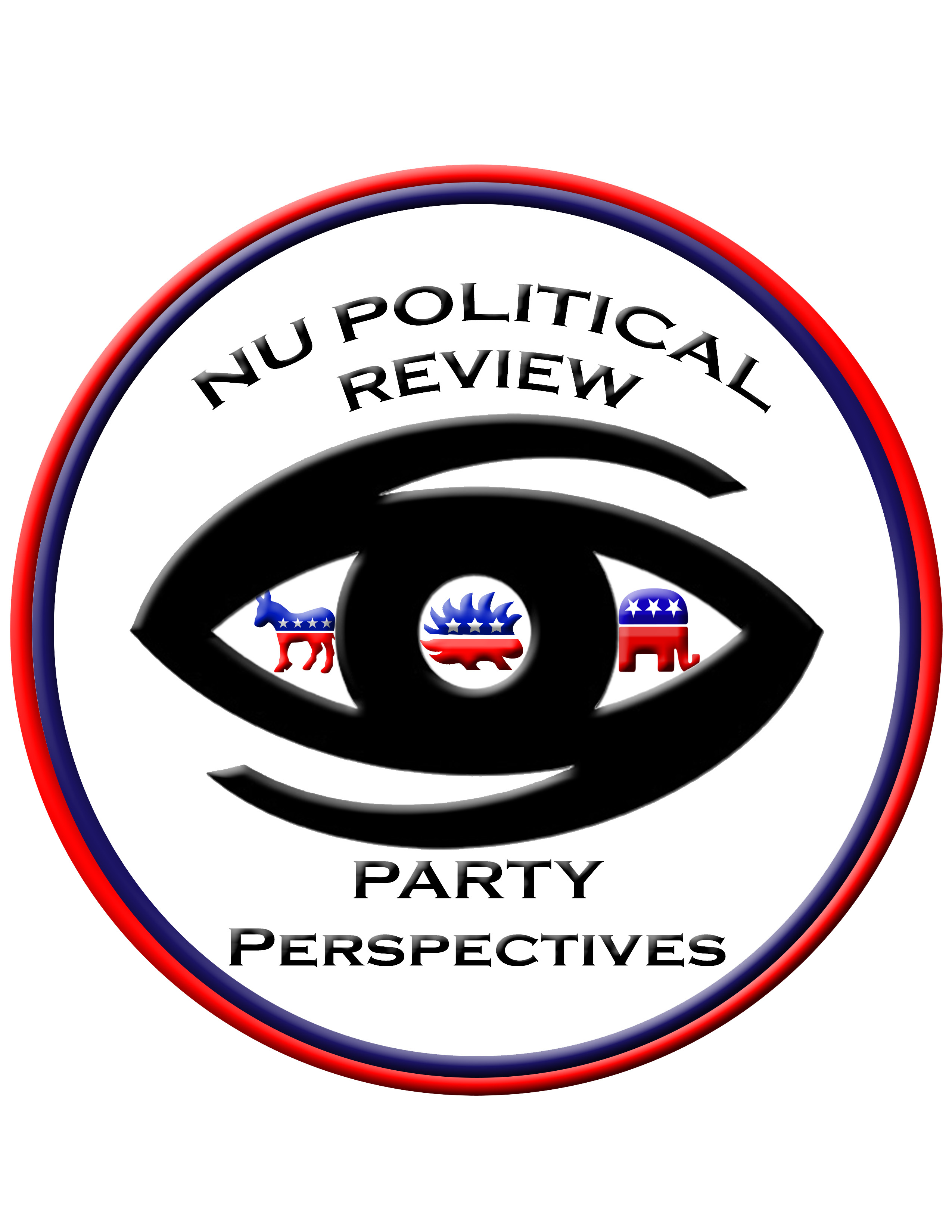The United States health care system is currently the most expensive in the world. While national health expenditures far exceed those of other countries, the US fails to produce the best health care outcomes. There are not enough physicians to meet the needs of the growing American population: some estimate a shortage of 54,100 to 139,000 physicians by 2033.
The clearest solution to resolving this physician shortage is to introduce more doctors to the American medical field by making medical education and training more accessible. Although the solution to the physician shortage is straightforward, the health care system fails to tackle this issue, actively perpetuating barriers to medical care. Those in charge of the health care system maintain the shortage to keep medical education as selective and competitive as possible. As the number of new physicians needed to alleviate the shortage rises, so do the salaries of current medical providers.
Step 1: Increase the Entry Cost of Medical Education
In the US, physicians undergo approximately twelve years of education and training before they can seek licensing. After completing an undergraduate degree program, passing the MCAT, and undergoing an additional four years of medical school, graduates must complete at least three years of residency training. Then, physicians need to be licensed and certified in the state that they wish to work in before they are legally allowed to practice medicine.
Spending over a decade learning and training is a huge time investment and an even larger financial investment. Applications alone cost hundreds of dollars to complete and submit. The MCAT costs $315 to take, and many who take the exam do not achieve satisfactory scores on their first attempt. An unsatisfactory grade on the exam can significantly limit the schools available to a prospective medical school student, and medical school admissions rates are already extremely low. In fact, the average medical school acceptance rate in the US is currently 5.5 percent, which is less than Princeton’s 2023 undergraduate acceptance rate of 5.8 percent.
Medical school applicants must also submit a primary application to the American Medical College Application Service system, or AMCAS, which includes a first-time cost of $170 and an additional $40 fee. When considering the total costs of the exam and application fees, a prospective student that applies to fifteen schools will spend up to three thousand dollars. With this system in place, medical school applications alone are enough to drive students away from the field.
Step 2: Increase the Cost of Completing Medical School
As the price of medical school rises, the amount of debt accumulated by graduates increases as well. In the last decade, many entered the workforce having accumulated $200,000 to $400,000 in outstanding student loans. The financial burden of higher education propagates socioeconomic disparities in the workforce, as those from more privileged social groups have the resources available to become doctors; a quarter of first-year medical students come from families earning $250,000 or more per year, and only 5 percent come from families with incomes of about $24,000 per year or less.
Medical schools’ testing and volunteer requirements—on top of their intense coursework—make socioeconomic disparities more apparent. Students must complete a number of volunteer hours along with their course load in order to finish their education. Meanwhile, many low-income students must continue to work during school in order to afford it. These required volunteer hours are unpaid, which makes completing medical school nearly impossible for those who cannot afford to work for free. These financial barriers may lead many low-income applicants to feel as if medical education isn’t designed to be obtainable for them.
Because of these financial barriers, US medical school applicants and graduates are also disproportionately White. The United States’ long and ongoing history of racism has prevented many minority groups from building generational wealth, meaning that financial barriers impact these groups more than White Americans. The lack of diversity in the medical field often leads to the mistreatment of marginalized groups in the medical industry, another barrier to entry.
Step 3: Make Residency Even More Restrictive
The flaws in the current medical education and training system stem from its inaccessibility. But the barriers to becoming a practicing physician were not made by accident. There are several policies in place that restrict the number of medical education and training positions available, intentionally limiting the number of practicing physicians in the US. There are also many policymakers in power who lobby for an even more restrictive system.
The American Medical Association (AMA) is one of the leading stakeholders in the medical industry and is responsible for some of the policies that contribute to the physician shortage. For years, the AMA lobbied to cap federal funding for residencies and cut a quarter of all residency positions. This was in spite of studies suggesting that the US needs a 15 to 25 percent increase in federally funded residency positions to remedy the shortage. The AMA also influenced the scope of practice laws, which dictate the everyday duties of physicians and other health care providers. The AMA often lobbies against expanding the scope of practice for non-physicians, preventing employers from hiring other types of health care providers to counteract the inefficiencies created by the physician shortage.
The AMA has the power to encourage lawmakers to increase and reallocate funding towards medical education and training. They have begun to move in that direction by working to remove caps on Medicare-funded residency slots, though limited by other policies and stakeholders.
The Balanced Budget Act of 1997 introduced a cap on all federal funding for residency positions. Because of this, the number of US residency positions available and the funding provided to train them remained stagnant for decades. The US health care system has attempted to alleviate the shortage by moving unused residency training positions to facilities that need them the most. Unfortunately, these programs are not a complete solution, as they have minimal impact on the total number of positions available for medical school graduates. While relocating can provide support to understaffed facilities, it does not create new residency positions, which is the most direct way to fix the shortage.
As time passes and the number of medical school applicants in the US increases, the residency shortage becomes much more concerning. Current strategies to relocate and increase residency training positions will not offset the number of physicians that retire or leave the field every year.
Troubleshooting…
Though the causes of the physician shortage influence each other, they all boil down to the idea that there is not enough money or seats to train the number of physicians that we need. Considering that the United States has one of the highest national health care expenditures in the world, the lack of funding in medical education indicates that other areas of the health care industry are being overfunded. There are many other fields in health care that collect and hoard funds, like the multibillion-dollar pharmaceutical industry.
Along with the unfair distribution of capital, the medical industry demands too much money from students. Lawmakers and other influential powers, such as the American Medical Association, must work to alleviate the physician shortage by reducing barriers to education access. These policymakers and stakeholders should advocate for shorter pathways into highly needed specialties, such as shorter medical degree programs, and more funding. The three responsibilities of the health care industry are to ensure and protect health care quality, accessibility, and affordability. In order to fulfill these goals, policymakers must reform the medical education system and resolve the physician shortage.



